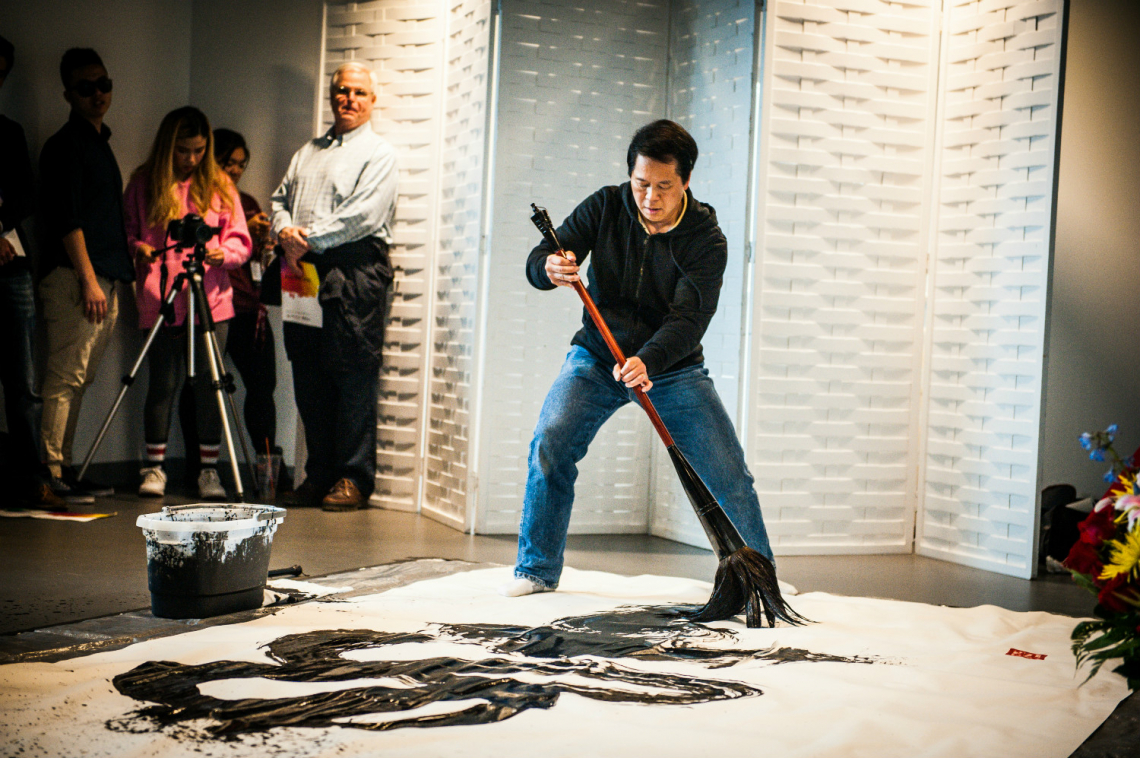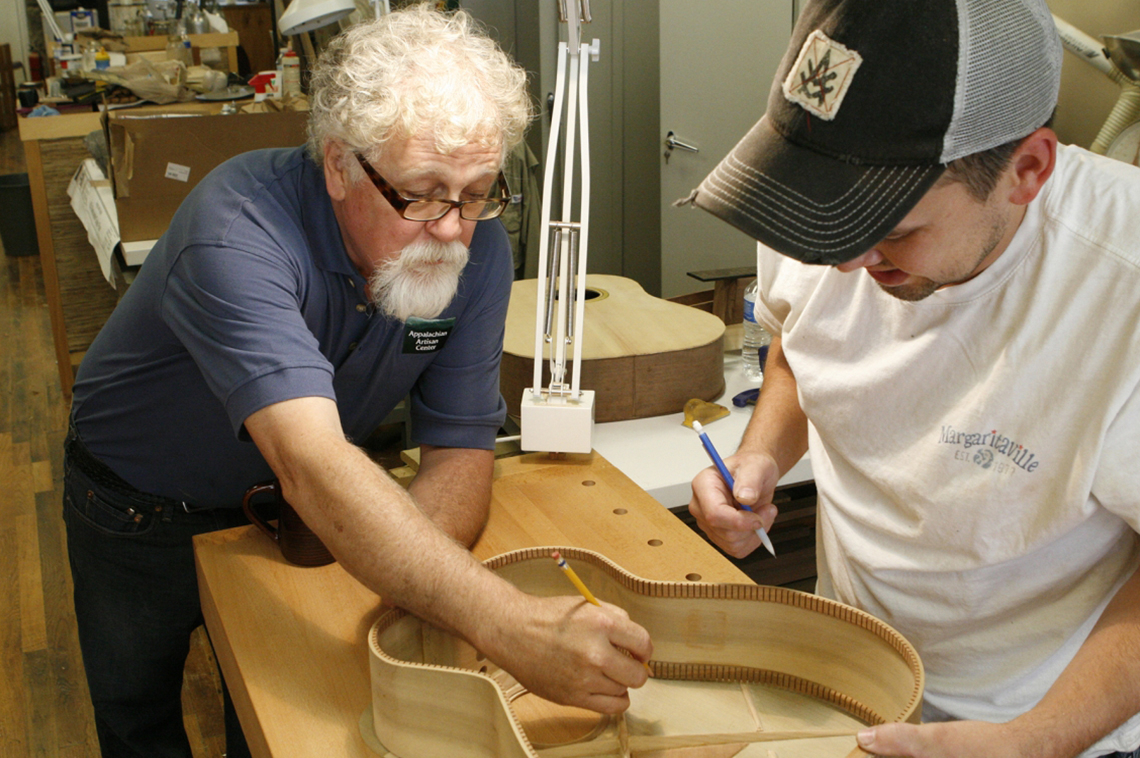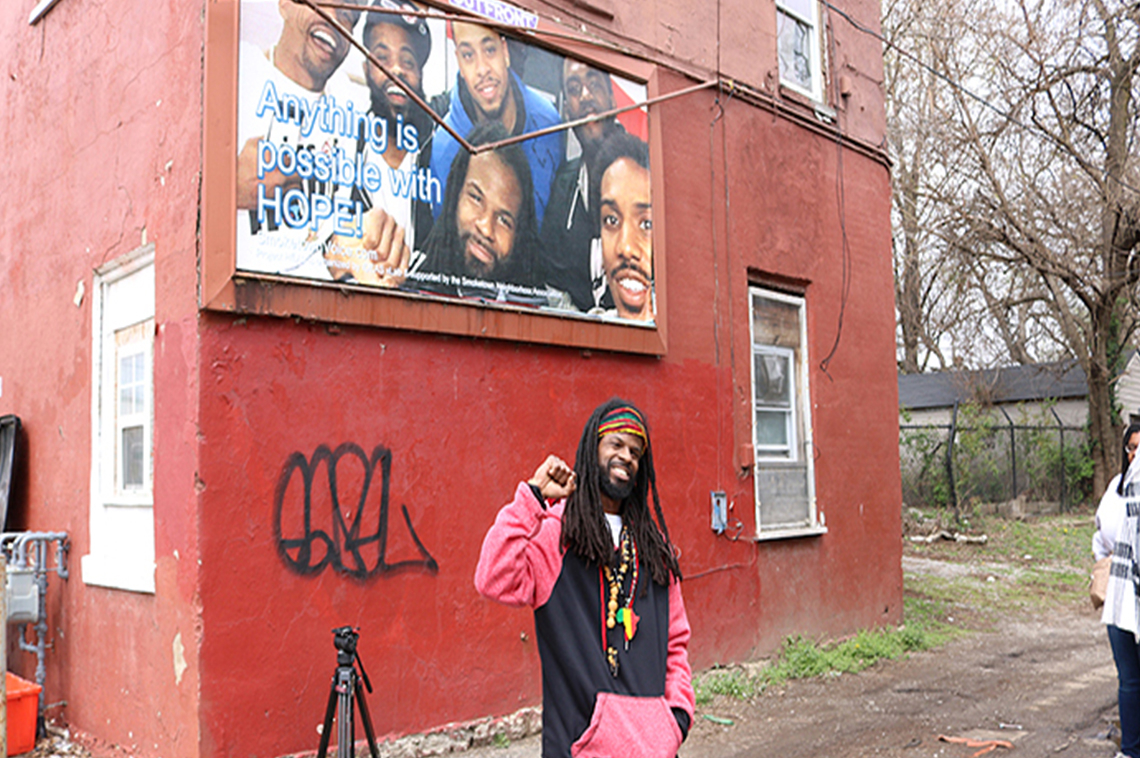



Last fall, ArtPlace’s director of research strategies, Jamie Hand, and PhD candidate at the University of Louisville School of Public Health and Information Sciences, Tasha Golden, co-authored an article in the Community Development Innovation Review’s Mental Health and Community Development issue.
Titled “Arts, Culture, and Community Mental Health,” the article summarized recent research commissioned by ArtPlace about how arts and culture strategies can help provide solutions to public health challenges faced by communities across the United States—particularly low-income, immigrant, rural, and indigenous communities, and communities of color.
Golden identified four mental health areas in which arts and cultural strategies are helping to drive change—both in community health outcomes and in the systems in which public health practitioners operate. You can read the full article here; below are a few highlights.
Health Issue: Stigma: “When a condition or experience is not ‘talk-about-able,’ prevention and treatment information can become difficult or impossible to circulate. … Artists, installations, and performances often take communicative risks that model or stimulate expression, action, and new norms. This can shift participants’ and viewers’ sense of being alone, or of being unable to articulate or share their experience.”
Creative placemaking example: 100 Stone, Anchorage, Alaska
Health Issue: Trauma: “Adverse childhood experiences (ACEs)—poverty, sexual abuse, witnessing or experiencing violence, parental separation, parental incarceration, et cetera—have been called ‘the nation’s most basic public health problem.’ … Addressing trauma and ACEs at the community level will require innovative, multisector responses; many approaches to date have been initiated and enhanced through arts and culture.”
Creative placemaking example: One Poem at a Time, Louisville, Kentucky
Health Issue: Community-level stress, depression, and substance use disorders: “Risk factors for stress, depression, and substance use disorders include poverty, community violence, and lack of health care access—indicating the extent to which these issues are affected by place.”
Creative placemaking example: Culture of Recovery, Hyndman, Kentucky
Health Issue: Cultural identity disruption: “Positive cultural identity has been shown to ‘protect against mental health symptoms and buffer distress prompted by discrimination,’ particularly among populations that have historically been marginalized or oppressed. … The singular capacity for creative placemaking projects to nurture positive cultural identity confirms the value of research and investment at the intersections of community development, public health, and the arts.”
Creative placemaking example: Pao Arts Center, Boston, Massachusetts
The article closes with recommendations and opportunities for continued exploration.
One final note: In an effort to deepen and promote cross-disciplinary approaches to community wellbeing, and to build on the initial research mentioned in this article, ArtPlace launched “Creating Healthy Communities: Arts + Public Health in America” in partnership with the University of Florida Center for Arts in Medicine. Read more about this two-year initiative here.





